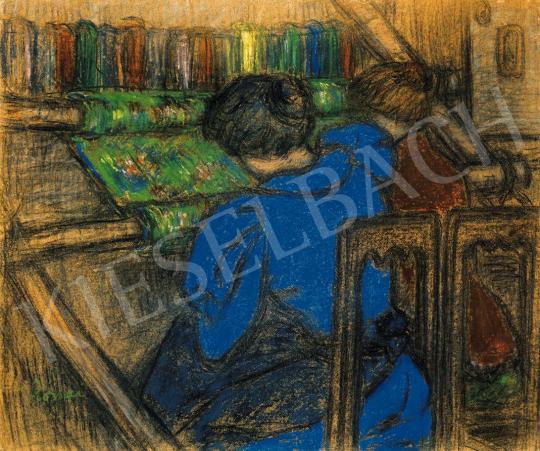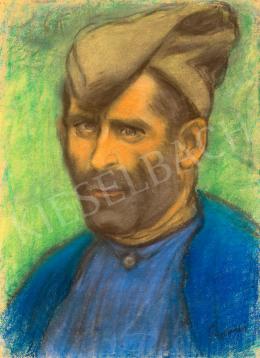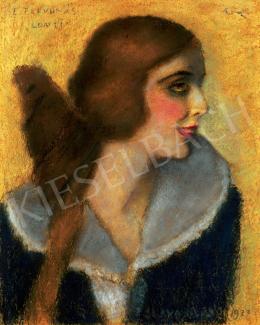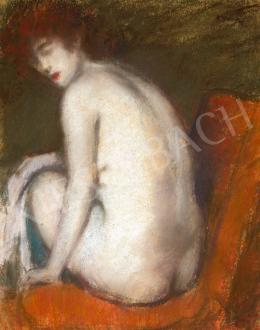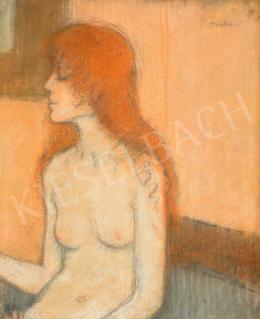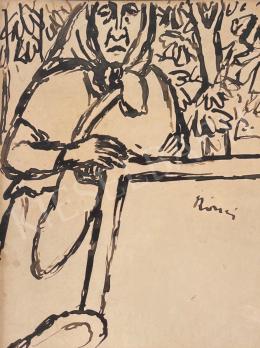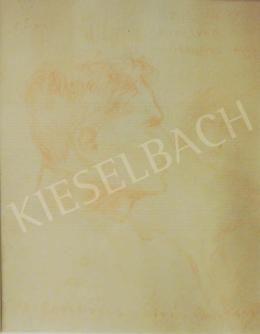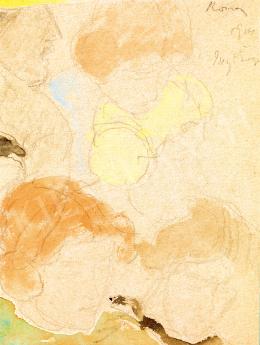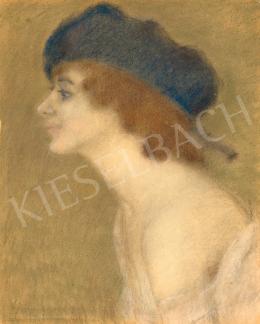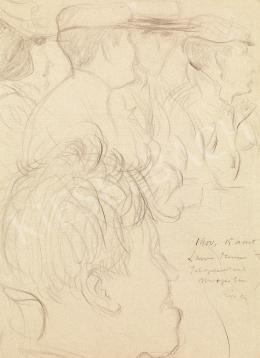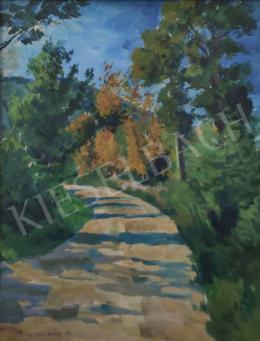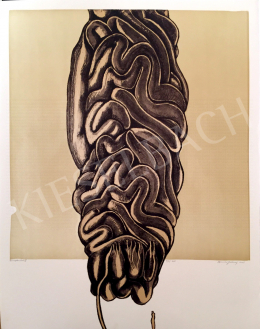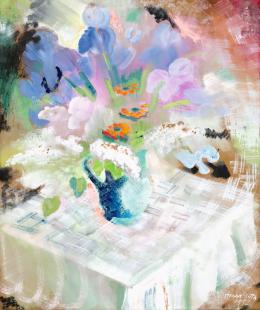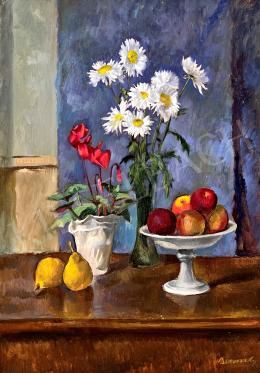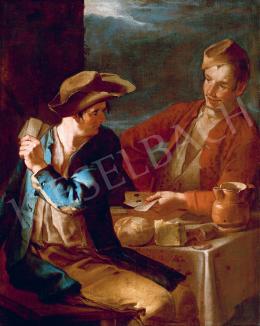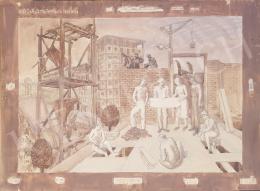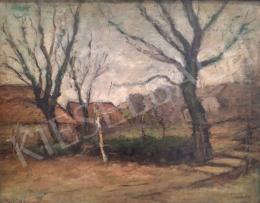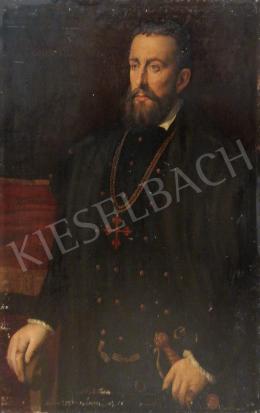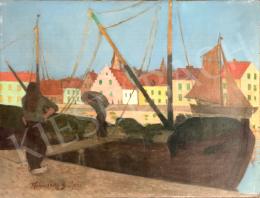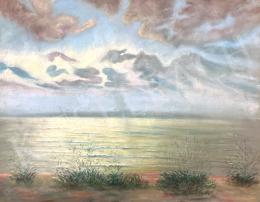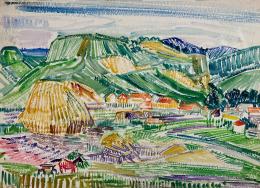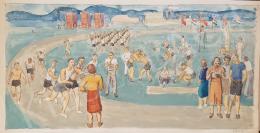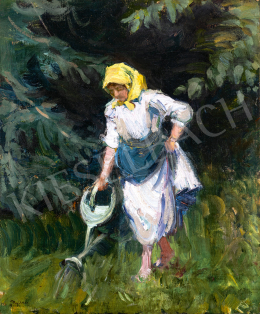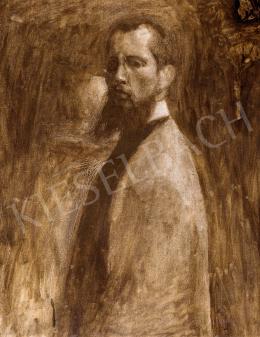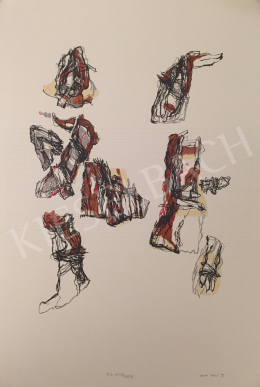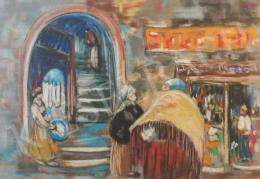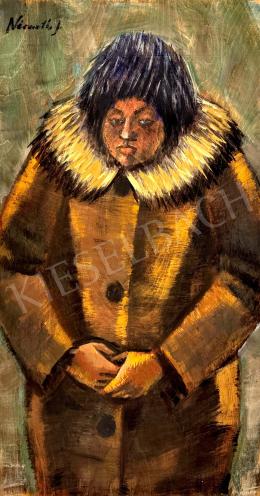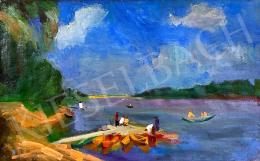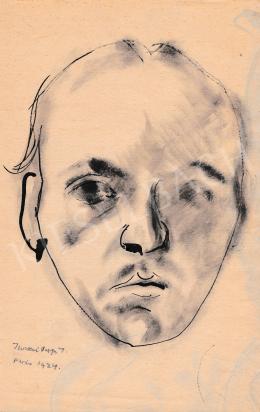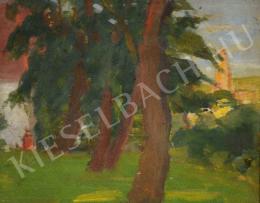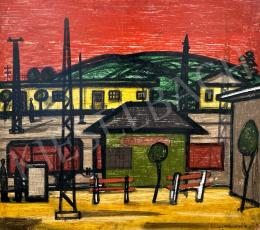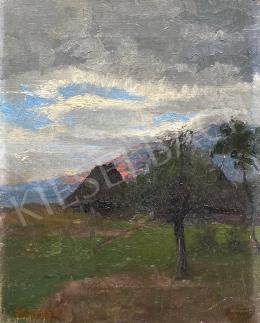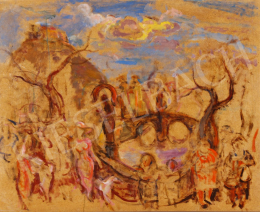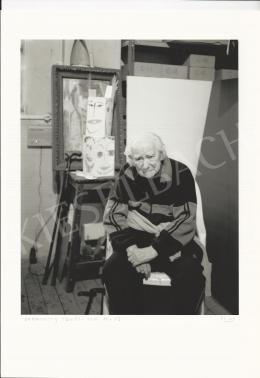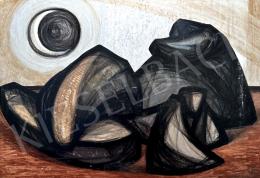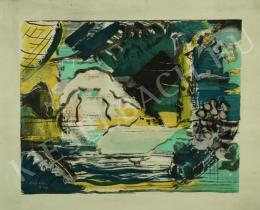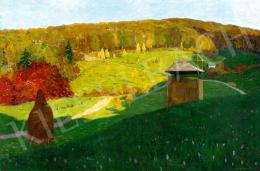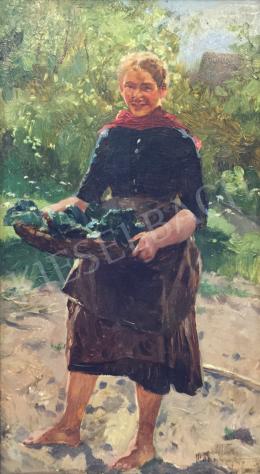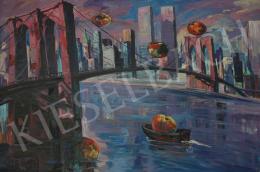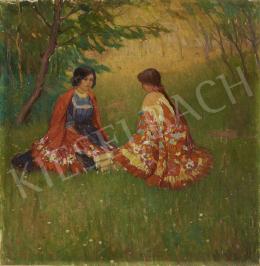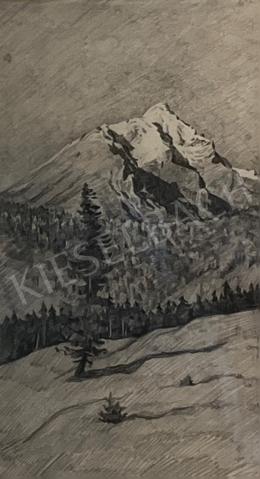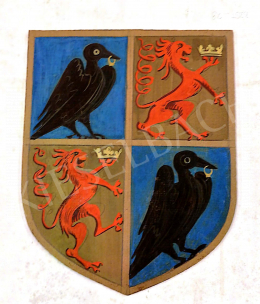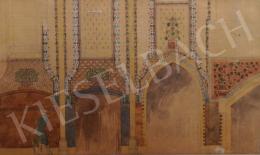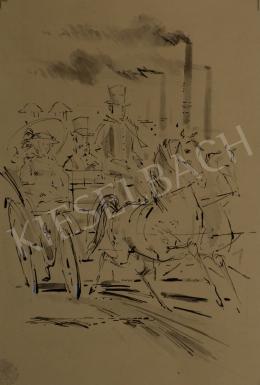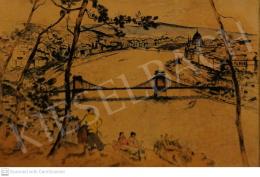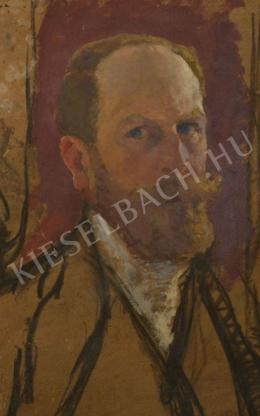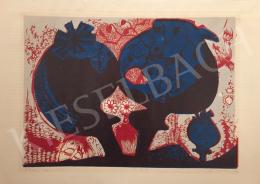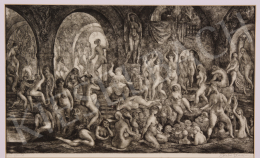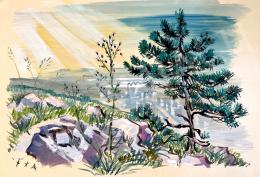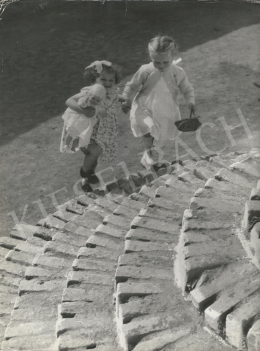Rippl-Rónai József Emlékezései. Budapest, 1911.
Pewny, Denise: Rippl-Rónai József. Budapest, 1940.
Petrovics, Elek: Rippl-rónai József. Budapest, 1942.
Genthon, István: Rippl-Rónai József. Budapest, 1958.
Rippl-Rónai gyűjteményes kiállítása. Magyar Nemzeti Galéria, 1998. (The Retrospective Exhibition of the Works by József Rippl-Rónai. Hungarian National Gallery) A Catalogue.
Bernáth, Mária: Rippl-Rónai József
The pictures in which Ripp-Rónai represented women embroidering his tapestries talk about one of the most important activities of Rippl's art life in 1890s Paris. Several of his similar works are known, which became famous under the incorrect title Weaving Women instead of Embroidering Women . The picture under discussion also represents the happy and hopeful hours of the activity of embroidering. With the help of the artist's memoirs it may be possible to get closer to the action represented here. " I have several beautiful memories about making tapestries" he writes, "I remember how busy we were. The thing started very hopefully; especially my tapestry Idealism and Realism was made with great ambition in that great poverty in Neully. It was promisingly original and beautiful - green and yellow harmony." The huge extent of the tapestry and its green color with the ornamental patterns assure that the painting represents the inspired moments of one of his masterpieces in progress, which can be known today only from photos. In this way, it is also possible to date the picture, as the tapestry Idealism and Realism was made in 1894. It is a tragic fact that this tapestry burned at the Expo in 1906.
In the picture Lazarine and her sister Claudine can be seen in front of the embroidery frame. Lazarine had been living with Rippl-Rónai for several years by that time. They got married some years later in Hungary. Rippl-Rónai's tapestries had a basic importance in the history of Hungarian Art Nouveau; though Lazarine's role in the implementation was very important, it remained under the artist conduct.
"Tapestry is our national genre," said the French artist Sérusier, who founded the group Nabis. As for Rippl-Rónai, he realized it quite early. He had known Aristide Maillot even before he met the members of the Nabis. Rippl-Rónai encouraged him to make sculptures while his colleague also gave him some good advice: "Among other reasons, Maillot's encouraged me to make tapestries and embroideries."
When discussing the picture, one also must speak about its style and its connection to other works. As is known, the 1890s, which the painter spent in Paris, is the period of Rippl-Rónai's black pictures. These pictures with a dark tone were born under the control of huge self-discipline. One should not forget what an excellent colorist Rippl-Rónai was. Still, time to time he broke out of the elegant monotony of these pictures - sometimes almost unwittingly - perhaps to assure himself that the colorist in him was still alive. These pictures are exquisite flashes and reveal more about that close spiritual connection between Rippl-Rónai and the art of the Nabis than his black pictures. The group - which found its roots in Gauguin's art and enriched this inspiration with characteristic, sometimes symbolic strains - played a more and more important role in Rippl's artistic orientation from 1892. The group - whose members were Sérusier, Vuillard, Bonnard, Vallotton, Roussel, just to mention the most famous among them - accepted Rippl-Rónai. " We met a very nice man, (who) almost always hit the admirable. (he) overlooked what he despised" wrote Natanson, the editor of Revue Blanche, who was a great supporter of the art of Nabis.
The synthetist method - which was introduced by Gauguin and is based on the application of clashing, unmixed colors in a cloisonné frame - was always characteristic of the art of the Nabi. As for Rippl-Rónai, the application of this method can only be found in his colorful pictures glowing out of the harmony of the black period. The figure of Lazarine, which is undoubtedly the dominant participant of the picture, and the terracotta of Claudine's dress in the green surroundings talk about a kind of artistic commitment and the a spirited understanding of the most current styles. The idyll and the role of the members of the family also found their place in the picture. The composition suggests a deepened silence that is embracing the act of working on the tapestry.
The picture presented here can be connected to Rippl-Rónai's pastels that can be found in the Musée D'Orsay in Paris and to the pieces of the Nabi-collections (as, for example, Josefowitz's collection, which contained more paintings by Rippl-Rónai). The viewer can agree with the French critic Alexandre Arséne, who wrote on Rippl-Rónai's firs exhibition in 1892: "This is an art of impressions, rather musical than plastic."






